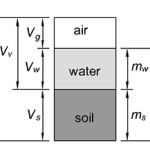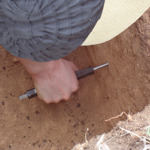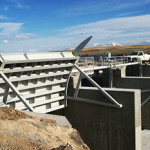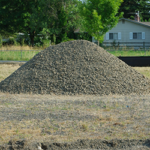
In the SI (metric) system of units, kilograms are used for mass, and newtons for weight. There is no confusion as the units are different. However, in the US system, pounds are used for both mass and weight. Confusing? You didn't think it was going to be easy did you? To differentiate between the two, I have developed the following … [Read more...]












